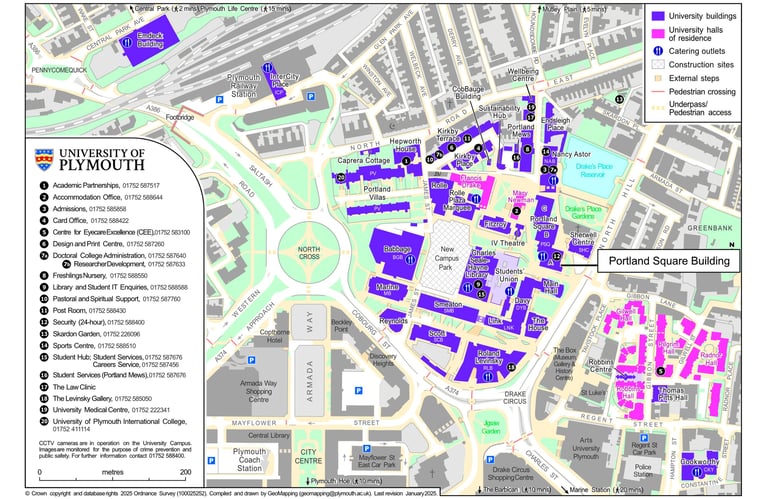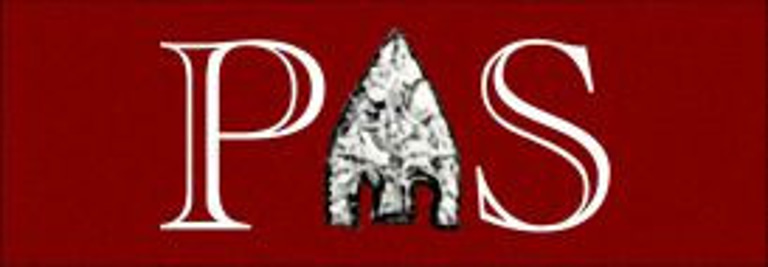Winter Lecture Programme 2025 - 2026
++-+
Our Meeting Place
Devonport Lecture Theatre
Portland Square Building
University of Plymouth
Plymouth
PL4 8ER


Our lectures are normally held at 7:00 pm in the Devonport Lecture Theatre of the Portland Square Building, University of Plymouth. PAS members, University staff & students, with valid ID, and all school students are admitted free. All others are welcome but asked to contribute £4 towards our expenses.
6 October 2025
The Romans in Cornwall – recent discoveries
Carl Thorpe, Cornwall Archaeological Unit
3 November 2025
Dig the Castle: We Dug It!
An exploration of one town’s adventures in archaeology
Emily Wapshott, Southwest Archaeology
2 February 2026
From Seabed to Showcase
The Mary Rose in context
Dr Alex Hildred, Mary Rose Trust
2nd March 2026
The Medieval warhorse
the archaeology of a military revolution?
Dr Oliver Creighton, University of Exeter
13 April 2026
Lost Ships Found
case-studies of shipwrecks
Dr Ian Friel
1 December 2025
The Reclamation of Exmoor revisited
Professor Ralph Fyfe, University of Plymouth
The introduction of techniques such as LIDAR and the results of excavations along major infrastructure developments has led to a revolution about our knowledge of the Romans within Cornwall with the discovery of forts, marching camps, fortlets, signal stations, roads and more.. Carl is a field archaeologist and finds specialist who has taken part in numerous excavations and watching briefs. For a few years he worked compiling a finds catalogue for all artefacts from Tintagel and for some 30 years has worked with the Cornwall Archaeological Unit concentrating on pottery. He has also appeared as a finds specialist on several ‘Time Team’ programmes.
This community project centred around the ‘lost’ Norman motte and bailey castle in Great Torrington, it’s west bailey having been converted into a car park in the later 1970s, its east bailey lying beneath the current bowling green. The talk will examine how sense of place and ‘place in time’, local pride and identity can all be improved and expanded upon. It will also explore the castle’s eventual ‘rediscovery’ and its new role in the town’s physical and cultural landscape, looking to provide lessons for the future in town planning and regeneration.
Emily has many years’ experience in the construction and planning industry as a commercial archaeologist & historic buildings specialist and is currently the Historic Buildings Lead for heritage consultancy Southwest Archaeology.
In 1818 the Royal Forest of Exmoor was sold to the Knight family, who set about the largest single land reclamation scheme in southern England. Their efforts at land reclamation, planned settlement, arable farming and landscape design continued for over 70, before being finally abandoned. This talk will draw on results of the "Reclaiming Exmoor" project, a 2-yr research programme led by Ralph with Professor Henry French (University of Exeter), combining historical archival information with new highly detailed palaeoecological research.
Ralph has worked at the University for almost 20 years, his interests lie in how we have transformed the environment around us, and how that environment might have shaped what is possible for us. Owing to the nature of the questions he is interested in, he tends to work collaboratively with a wide range of disciplines, including social scientists, historians, archaeologists, geneticists, and biologists amongst others.
A living community and a state-of-the art fighting machine. The catastrophic sinking of the Mary Rose and the miracle of her preservation provides a unique and vivid impression of Tudor life at sea. The talk will focus on the chemical and microbiological research undertaken on some of the crew and how this is presented to the public within the Mary Rose Museum.
Alex joined the Mary Rose Trust in 1979 as a diving archaeologist during the major excavations leading up to the recovery of the ship in 1982. Since then she has been responsible for on-going site monitoring and excavation. From 1983 she has been part of a small team evolving and delivering displays within the Mary Rose Museums.
The horse was central to the image of the medieval warrior-aristocrat and changed the face of warfare. What can archaeology tell us about medieval warhorses? This will present some of the results from a research project on warhorses in England between the Saxon and Tudor periods, considering the physical remains of horses, equestrian material culture and horse breeding landscapes, as well as iconographic and documentary evidence, to present a new and more rounded understanding of the warhorse and unpick its complex and ever-evolving interrelationship with medieval society through the centuries.
Oliver Creighton is Professor of Archaeology at the University of Exeter and is an expert on castles, landscapes and warfare in the Middle Ages. He writes, researches and teaches about the archaeology of medieval and historic Britain and Europe.
How can documentary sources be used in the study and identification of wrecked ships? The case-studies are taken from research work undertaken in conjunction with archaeological projects or for books. The vessels discussed include medieval warships, a 17th-century merchantman and a 19th-century passenger liner. In all cases their stories have been brought to life through written evidence.
Ian is a maritime historian with considerable experience of working with archaeological projects, such as the Swash Channel Wreck/Fame of Hoorn (1631). He has published widely and is currently writing a book on an aspect of medieval English maritime history. He has worked in museums for 30 years, including the National Maritime Museum and the Mary Rose Trust. Since 2008 he has worked as an independent historian, museum consultant and writer.
